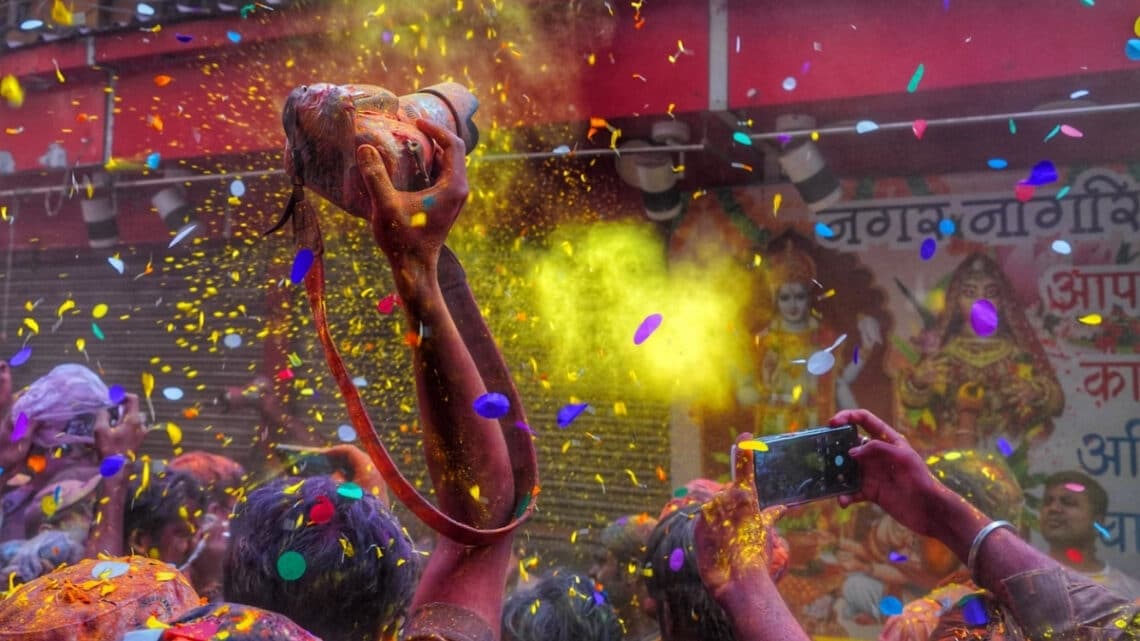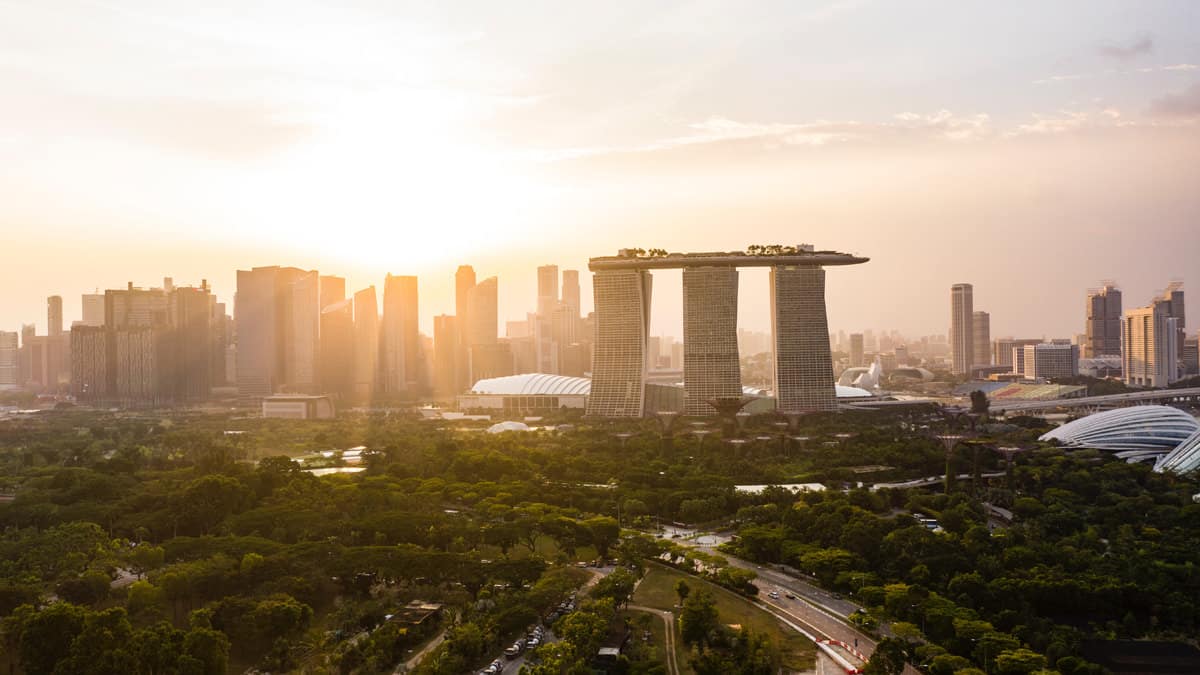
Holi Festival in India – Experience colors, chaos, and spirituality up close
Imagine you are standing in the middle of an Indian old town, the sun is beating down on the roofs, and suddenly a handful of pink powder swirls through the air. Then green, blue, yellow. Strangers smile at you, laughingly rub color on your face, drums sound – and before you know it, you are part of the biggest color game in the world. Welcome to the Holi Festival in India.
Origin and meaning of the Holi Festival
Holi is much more than an Instagram moment. Originally a Hindu spring festival, it symbolizes the victory of good over evil. At the same time, it celebrates the end of winter, the beginning of spring, and the power of love.
Legend has it that Krishna – one of the most popular gods – painted his beloved Radha with colors. This became a festival that today unites people of all generations, religions, and social classes.
When and where does Holi take place?
- Date: Every year in March, right after the first full moon in the month of Phalguna (usually early to mid-March).
- Hotspots:
- Vrindavan & Barsana – the most spiritual places where Holi is traditionally celebrated.
- Delhi & Jaipur – where locals and tourists gather for exuberant parties.
- Mumbai – urban, modern, loud, colorful.
Interesting facts
In Delhi alone, several thousand tons of colored powder are distributed during Holi every year – a logistical feat that sounds like Amazon delivering colorful clouds.
Practical tips for your Holi adventure
- Clothing: Wear old white clothes. You’ll never get the colors out again – but that’s the whole point.
- Skin & hair: Rubbing oil on your skin provides some protection against stubborn color residue.
- Safety: It’s best to celebrate with a guided group or in well-known hotspots, especially if you’re a woman.
- Camera/cell phone: Be sure to use waterproof cases. Powder and water do not mix well with electronics.
- Respect: Holi is a religious festival. Smile, celebrate, but don’t be disrespectful.
Experience Holi – the best tours
If you want to experience Holi in India stress-free, it’s best to book a guided tour. This way, you’ll be safe and get to see the best places.
Ad
Q&A – Frequently asked questions about the Holi Festival
When is Holi 2026?
March 3, 2026, one day after the full moon in Phalguna.
Can tourists just join in the celebrations?
Yes, absolutely! Holi is a festival for everyone. Tourists are often given a particularly warm welcome.
Are the colors harmful?
Traditionally, they are made from flowers and natural substances. Today, however, you should make sure to use organic colors.
How long does the festival last?
Usually two days: on the first day, fires are lit (Holika Dahan), followed by the big color game on the second day.
Do you need tickets?
No – Holi is celebrated everywhere. In larger cities, however, there are organized parties that charge admission.
Conclusion: A feast for all the senses
The Holi Festival is more than just a color battle. It is a celebration of community, joy, and spirituality. If you are traveling to India in March, you should not miss this extraordinary event. But be warned: once you have been there, it will stay with you forever – and no one will believe you when you tell them how colorful it really was.
Note: Links marked with an asterisk (*) or “Ad” are so-called affiliate links. As an Amazon partner, we earn from qualified sales. The same applies to other partners. This means that we receive a small commission on purchases or bookings to finance this site. There are no additional costs for you!





